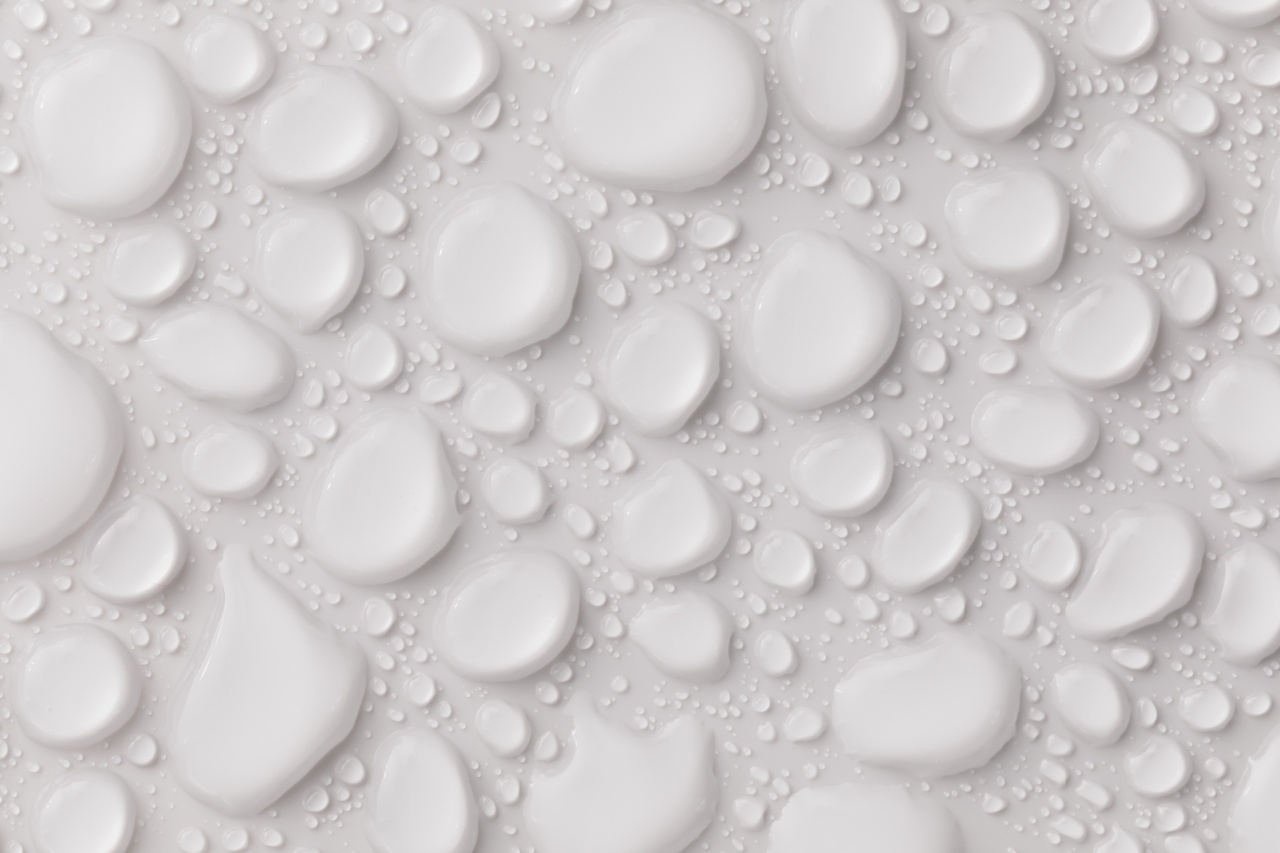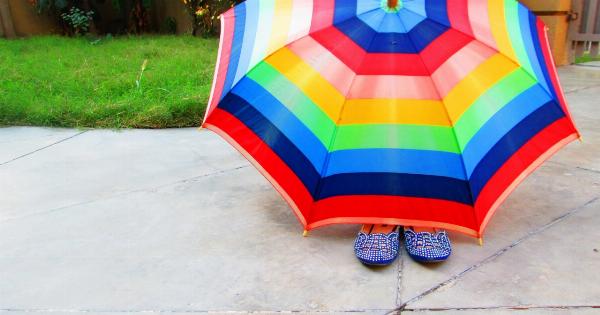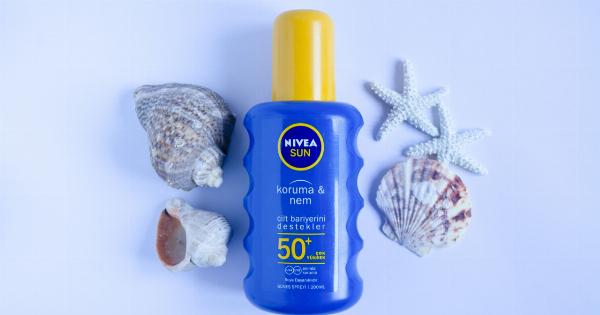UV light is a form of electromagnetic radiation that is not visible to the human eye. It is emitted by the sun and by artificial sources such as tanning beds and black lights.
While small doses of UV light are necessary for the production of vitamin D in the body, prolonged exposure can have harmful effects on the skin, eyes, and immune system. To better understand the risks associated with UV light, it is important to differentiate between the different types of UV rays and how they impact our health.
1. UVA Rays
UVA rays are the longest wavelength and the least energetic of the three types of UV rays. They are often referred to as “aging rays” because they can penetrate deep into the skin, causing long-term damage.
These rays are present throughout the year and can pass through clouds and glass. UVA rays are linked to skin aging, wrinkling, and the development of skin cancers such as melanoma.
2. UVB Rays
UVB rays have a shorter wavelength and are more energetic than UVA rays. They are often referred to as “burning rays” because they are the primary cause of sunburn. UVB rays are the most intense between 10 a.m. and 4 p.m. during the summer months.
They are responsible for most skin cancers, including basal cell carcinoma and squamous cell carcinoma. UVB rays also play a crucial role in the production of vitamin D in the body.
3. UVC Rays
UVC rays have the shortest wavelength and are the most energetic of the three types of UV rays. Fortunately, they are almost entirely absorbed by the Earth’s atmosphere and do not pose a significant threat to human health.
However, UVC rays can be generated by artificial sources such as germicidal lamps used for sterilization purposes.
4. Effects on the Skin
Exposure to UV light can have various effects on the skin, depending on the intensity and duration of the exposure. Short-term effects include sunburn, which is a visible indicator of DNA damage in the skin cells.
Long-term effects include premature aging, wrinkles, pigmentation disorders, and an increased risk of skin cancer. It is important to protect the skin from UV radiation by wearing sunscreen, protective clothing, and seeking shade during peak sun hours.
5. Effects on the Eyes
UV light can also have damaging effects on the eyes. Prolonged exposure to UV rays without proper eye protection can lead to cataracts, a clouding of the eye’s lens.
It can also cause photokeratitis, a painful inflammation of the cornea, similar to a sunburn of the eye. Other eye conditions linked to UV exposure include pterygium, a growth on the whites of the eyes, and macular degeneration, a leading cause of vision loss in older adults.
6. Effects on the Immune System
UV rays can suppress the immune system, making individuals more susceptible to infections, diseases, and even certain types of cancer. Immune suppression occurs when UV radiation damages the DNA in skin cells, leading to a weakened immune response.
This can result in an increased risk of developing skin cancers and can also impair the body’s ability to fight off infections.
7. Protection and Prevention
Protecting oneself from the harmful effects of UV light is crucial for maintaining good health. Here are some essential tips for protection and prevention:.
– Apply and reapply broad-spectrum sunscreen with a high SPF, even on cloudy days.
– Wear protective clothing, such as wide-brimmed hats, long-sleeved shirts, and sunglasses with 100% UV protection.
– Seek shade during peak sun hours, usually between 10 a.m. and 4 p.m.
– Avoid using tanning beds or spending excessive time in artificial UV light sources.
– Regularly check your skin for any new or changing moles, spots, or growths.
– Visit a dermatologist for regular skin cancer screenings.
8. Summary
UV light is a form of radiation that can have harmful effects on the skin, eyes, and immune system. Differentiating between UVA, UVB, and UVC rays allows us to understand their unique characteristics and impacts on our health.
Protecting ourselves from UV radiation through sun safety practices and regular check-ups can minimize the risks associated with UV light exposure.



























